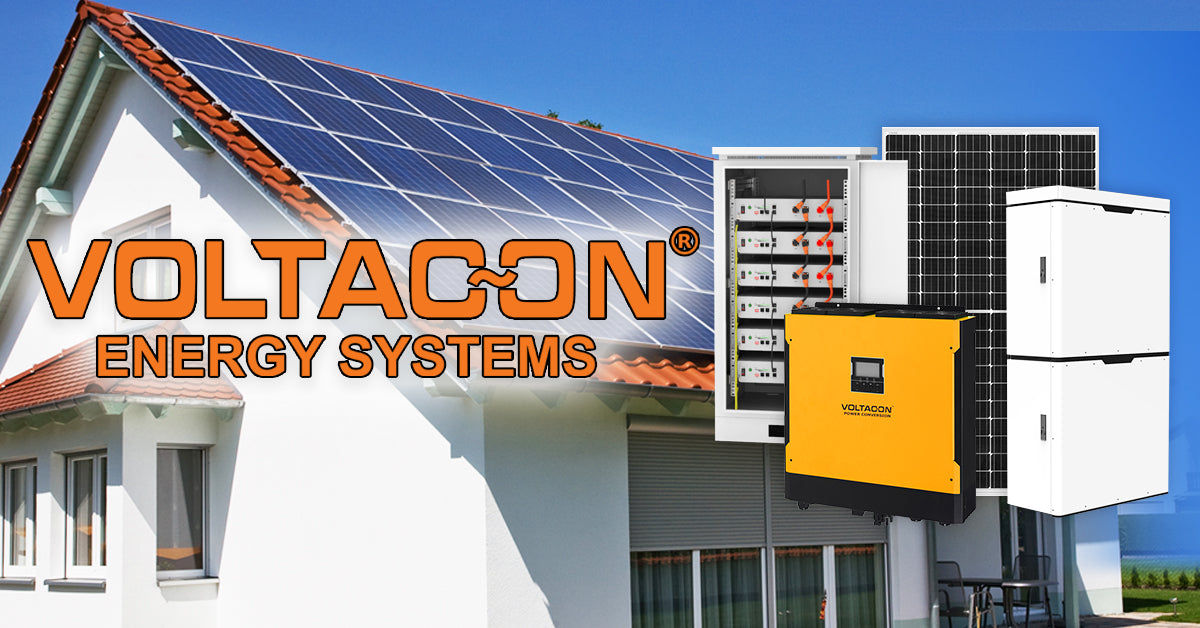Hi
I have one of these hybrid MMP inverters (see specs below), which I intend to use in an outbuilding that has also access to grid electricity (AC Input). I have seen a few install videos on you tube (including Will Prowse's) and all of them use (half) an extension cord to connect directly into the wall socket for AC Input.
However the manual states:
'CAUTION!! Before connecting to AC input power source, please install a separate AC breaker between
inverter and AC input power source. This will ensure the inverter can be securely disconnected during
maintenance and fully protected from over current of AC input. '
I live in the UK (but this should not make any difference, should it?), and when I suggested connecting directly with an extension cable, I got this answer in a uk forum:
'An inverter cannot be connected via a plug and socket, as if unplugged the pins of the plug will remain live until the inverter detects the loss of AC and shuts down.
If a fault occurs on the AC circuit it's connected to, the protective device will disconnect the AC within the required time, but that circuit will remain energised until the inverter detects the AC loss, which will result in the required disconnection times not being met.
Hard wired into it's own dedicated circuit is the only option.'
Is this true? Was there a misunderstanding on the type of inverter/system? And in any case, why is everybody on you tube ignoring the manual?
Also, there is the matter of grounding the inverter. Manual says:
'GROUNDING INSTRUCTIONS -This inverter/charger should be connected to a permanent grounded
wiring system. Be sure to comply with local requirements and regulation to install this inverter.'
I have seen Will's video about this, and to be honest I don't understand many of the technicalities. I can see how a ground loop could be a big risk, and when asking around, people tell me the best thing would be use the same ground as the main electricity supply/grid, but this has its own logistic challenges, and I'd rather install a separate ground. What are the option? I am happy to get a qualified electrician, but I also think that this does not seem to be a black & white thing, but rather a matter of interpretation, probability, and risk management, applied to each specific case. I have read different opinions from qualified people online about this particular system, so I'd like to have a bit of info before calling an electrician who may have never face this particular set up.
System:
I have one of these hybrid MMP inverters (see specs below), which I intend to use in an outbuilding that has also access to grid electricity (AC Input). I have seen a few install videos on you tube (including Will Prowse's) and all of them use (half) an extension cord to connect directly into the wall socket for AC Input.
However the manual states:
'CAUTION!! Before connecting to AC input power source, please install a separate AC breaker between
inverter and AC input power source. This will ensure the inverter can be securely disconnected during
maintenance and fully protected from over current of AC input. '
I live in the UK (but this should not make any difference, should it?), and when I suggested connecting directly with an extension cable, I got this answer in a uk forum:
'An inverter cannot be connected via a plug and socket, as if unplugged the pins of the plug will remain live until the inverter detects the loss of AC and shuts down.
If a fault occurs on the AC circuit it's connected to, the protective device will disconnect the AC within the required time, but that circuit will remain energised until the inverter detects the AC loss, which will result in the required disconnection times not being met.
Hard wired into it's own dedicated circuit is the only option.'
Is this true? Was there a misunderstanding on the type of inverter/system? And in any case, why is everybody on you tube ignoring the manual?
Also, there is the matter of grounding the inverter. Manual says:
'GROUNDING INSTRUCTIONS -This inverter/charger should be connected to a permanent grounded
wiring system. Be sure to comply with local requirements and regulation to install this inverter.'
I have seen Will's video about this, and to be honest I don't understand many of the technicalities. I can see how a ground loop could be a big risk, and when asking around, people tell me the best thing would be use the same ground as the main electricity supply/grid, but this has its own logistic challenges, and I'd rather install a separate ground. What are the option? I am happy to get a qualified electrician, but I also think that this does not seem to be a black & white thing, but rather a matter of interpretation, probability, and risk management, applied to each specific case. I have read different opinions from qualified people online about this particular system, so I'd like to have a bit of info before calling an electrician who may have never face this particular set up.
System:
- 4 x 300W solar panels
- MMP (Iconica in UK) Hybrid 3000W 24V pure sine wave inverter
- 6 x 100Ah AGM deep cycle Photonic Universe leisure batteries



